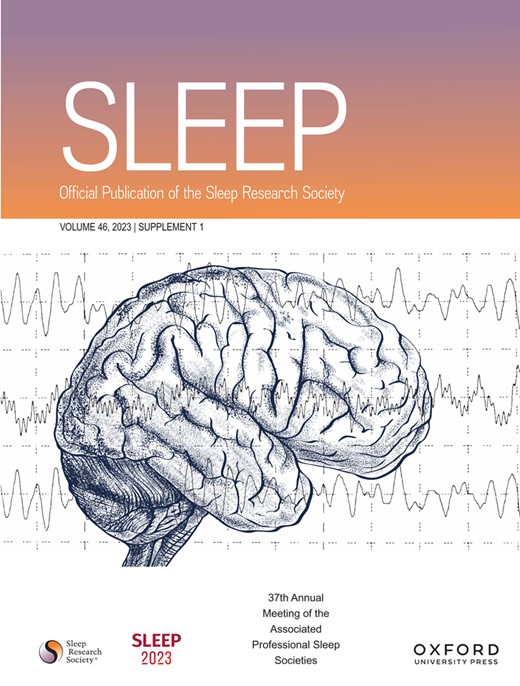-
PDF
- Split View
-
Views
-
Cite
Cite
Ellen Xerfan, Anamaria Facina, Jane Tomimori, Sergio Tufik, Monica Andersen, 0860 Comparative description of sleep, thyroid-stimulating hormone and calcium metabolism in 5 vitiligo patients under phototherapy, Sleep, Volume 46, Issue Supplement_1, May 2023, Page A379, https://doi.org/10.1093/sleep/zsad077.0860
Close - Share Icon Share
Abstract
Vitiligo is an autoimmune skin disease represented by melanocytes destruction. Clinically, it evolves with spots that are lighter than normal skin color. Periodical evaluation of patients is recommended, including thyroid function. Phototherapy is its gold standard treatment, consisting in specific range of ultraviolet B (UVB) light sections. Sleep may play an immunological role, and should be investigated in vitiligo. The study aimed to compare results of thyroid-stimulating hormone (TSH), parathyroid hormone (PTH), serum calcium and vitamin D 1.25(OH)2D and 25(OH)D; and Pittsburgh Sleep Quality Index (PSQI) scores of vitiligo patients before and after phototherapy period.
Five individuals with vitiligo were evaluated at a University Dermatology Service, following ethical guidelines. Blood collection and PSQI application were performed before and after phototherapy. Laboratory elements were those related to calcium metabolism (PTH, calcium and vitamin D) and TSH.
The sample included 4 female individuals with 21, 46, 65 and 70 years old; and a 57 years old male. Three of them had large skin involvement and 2 had localized vitiligo. After 6 months under phototherapy, patients returned for reassessment. All showed skin lesions improvement. Quantitative increase in TSH, PTH, 1.25(OH)2D and 25(OH)D was observed; serum calcium varied among the sample. Regarding PSQI before phototherapy, all 5 scores were >5 (1 score>10). The PSQI was reapplied only in 3 of the 5 volunteers after phototherapy; 2 scores reduced, and 1 score increased. This results, although from few individuals, alert to the possible role of UVB phototherapy on TSH and calcium metabolism substrates. Vitamin D increase may be associated to improvement of subjective sleep of 2 individuals. It was described that vitamin D in sufficient concentration could be related to better sleep quality. Phototherapy, by acting on clinical improvement of vitiligo, may influence subjective sleep, as reported in PSQI; and it could influence on melatonin and circadian rhythm.
The interaction between vitiligo/autoimmunity, phototherapy, vitamin D and sleep is complex and may have interrelated pathways. A better understanding of this pathophysiology through larger studies is worthy for benefiting clinical management of vitiligo and associated sleep disorders.
AFIP, CAPES and CNPq.
- parathyroid hormones
- circadian rhythms
- ethics
- calcium
- dermatology
- autoimmunity
- blood specimen collection
- color
- melanocytes
- melatonin
- phototherapy
- skin disorders
- skin manifestations
- sleep disorders
- thyroid function tests
- vitiligo
- guidelines
- skin
- sleep
- thyrotropin
- vitamin d
- skin lesion
- ultraviolet b radiation
- calcium test, serum
- calcium metabolism
- ultraviolet b therapy
- gold standard
- localized vitiligo
- sleep quality





Comments